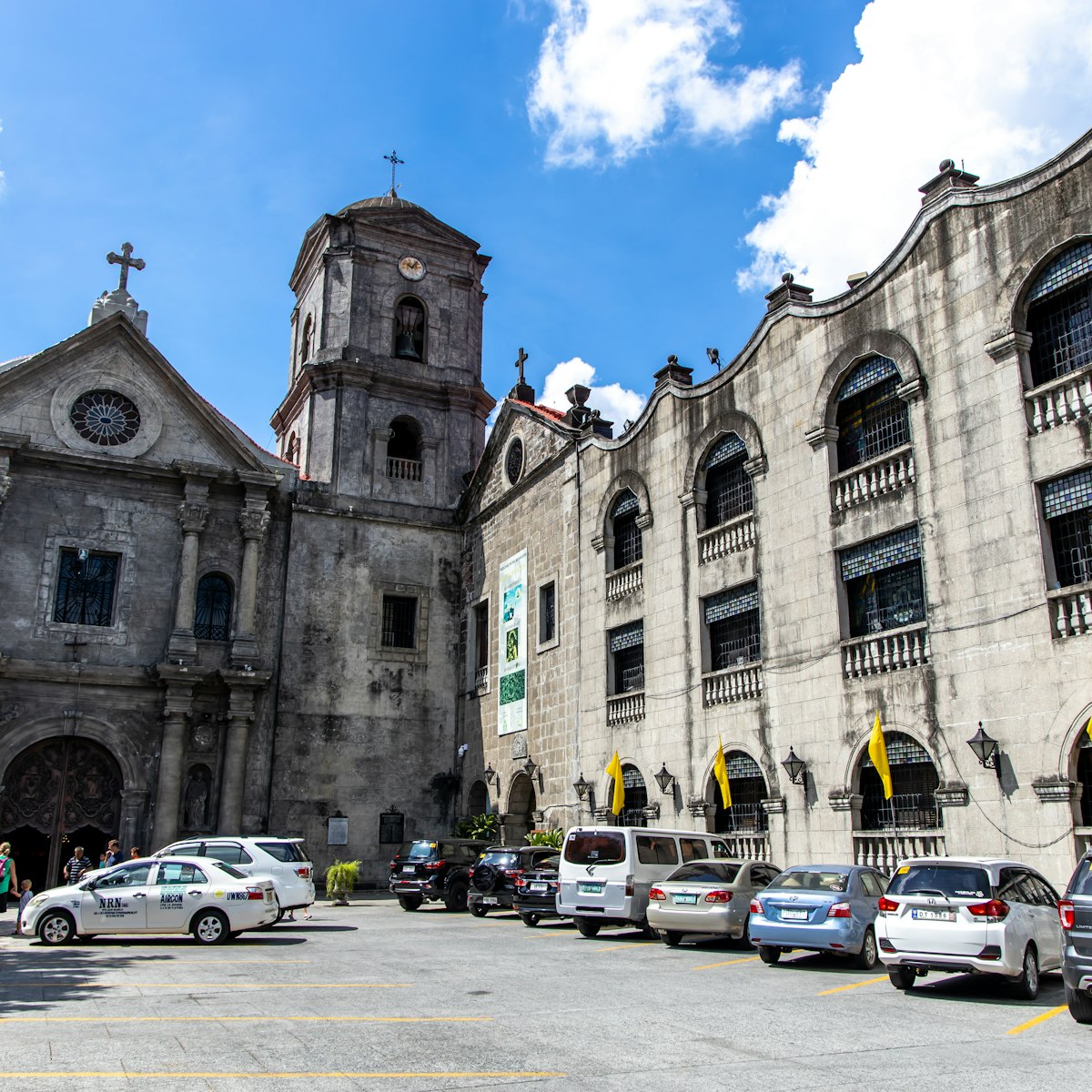The vast Bahay Tsinoy museum showcases the important role played by the sangley, as the Spanish called the Chinese, in the growth of Manila (sangley means ‘itinerant merchant’ in the locally prevailing Hokkien dialect). There are lifelike dioramas depicting Chinese and mestizo (mixed Spanish Filipino) life in the parian (Chinese ghettos), old coins and porcelain, and an excellent collection of photos.
ë–ƒ¥´√Ω's must-see attractions

0.39 MILES
Guarding the entrance to the Pasig River is Intramuros' premier tourist attraction: Fort Santiago. Within the fort grounds is an oasis of lovely manicured…

0.15 MILES
The San Agustin Church was the only building left intact after the destruction of Intramuros in WWII. Built between 1587 and 1606, it is the oldest church…

9.12 MILES
This fantastic museum in Antipolo, in the hills just east of Metro Manila, showcases some of the Philippines' best contemporary artists. There are six…

3.11 MILES
As in life, so it is in death for Manila’s wealthy Chinese citizens, who are buried with every modern convenience in the huge Chinese Cemetery. It's far…

4.14 MILES
This gleaming museum features four floors of superbly curated exhibits on Filipino culture, art and history. At the heart of the collection is a brilliant…

2.03 MILES
The 'Met' is a world-class gallery tracing the evolution of Filipino art from the early 20th century to the present. Virtually all great Filipino painters…

National Museum of Anthropology
0.57 MILES
Within a resplendent neoclassical building, this superb museum houses a vast and varied collection, including the skullcap of the Philippines’ earliest…

8.49 MILES
A must for Imelda Marcos junkies is the Marikina Shoe Museum. There's the footwear of various Filipino luminaries on display here, but it's Imelda’s shoes…
Nearby Manila attractions
0.08 MILES
This simple but moving outdoor memorial in a small shady square honours the approximately 150,000 civilian Manileños who perished in the Battle of Manila…
0.11 MILES
This beautiful reproduction of a Spanish colonial house offers a window into the opulent lifestyle of the gentry in the 19th century. Imelda Marcos had it…
0.11 MILES
First built in 1581 (and rebuilt seven times since, most recently in 1951 following its destruction in WWII), Manila Cathedral's present edifice looks…
0.13 MILES
Once the grandest building in all of Intramuros, the Ayuntamiento was destroyed in WWII and spent years as a parking lot before a faithful recreation of…
0.15 MILES
The San Agustin Church was the only building left intact after the destruction of Intramuros in WWII. Built between 1587 and 1606, it is the oldest church…
0.15 MILES
This museum provides access to the attached 16th-century San Agustin Church, a Unesco Heritage site. The museum itself is no slouch, offering tantalising…
0.2 MILES
This gate to the walled city of Intramuros, built in 1662, led to the palaces of the Spanish governor general. José Rizal passed through here on the way…
0.21 MILES
This north entrance to Intramuros was the last gate built by the Spanish, in 1863.